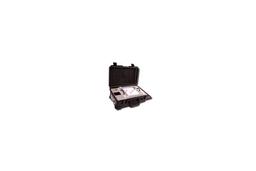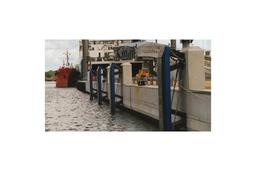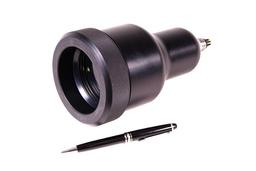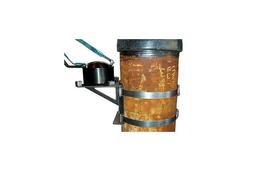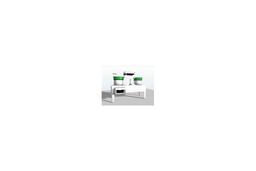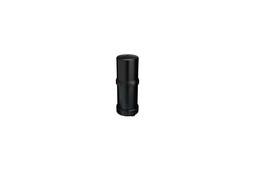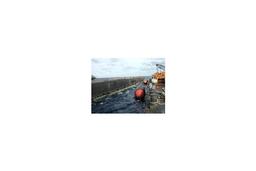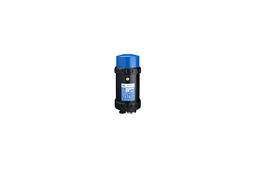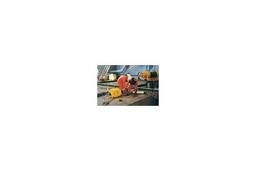



The inherent design superiority of the present day Dunlop GRG Dracone owes much to a painstaking initiual programme of theoretical stress analysis and practical sea trials.The Dracone was originally conceived by eminent research scientists at Cambridge University in the 1950's as a means of transporting cargoes, such as fuels, in water.
Initialy the Dracone Barge was used for military purposes involving the bulk water transportation of refined fuels. Commercial applications quickly followed and today, one of the most important functions of the Dracone is as an essential part of oil pollution control operations.
The Dracone has been used extensively worldwide with an established record of successful operations. Over 500 units have been produced since the product was invented. User lists are available on request but some key customers that have used Dracones for pollution control purposes are The United States and Indian Coast Guard, The United States Navy and the Marine Spill Response Corporation.
A recent operation carried out by The United States Navy off the coast of Chile involved the use of large Dracone Barges, over 20 years old, in successfully off-loading fuel from a stricken vessel.
A full range of accessories including towing hoses, cargo net, navigation float etc can be supplied to facilitate towing transportation, loading and discharge
Perfecting the design of the nose and tail mouldings accounted for the bulk of the empirical and theoretical analysis. Ocean towing trials and extensive stress analysis determined the precise profiles needed to transmit towing forces and snatch loads. The resulting composite technology used in the fabrication of the end mouldings is key to the overall strength of the Dracone and its unblemished operational record for over 50 years.



